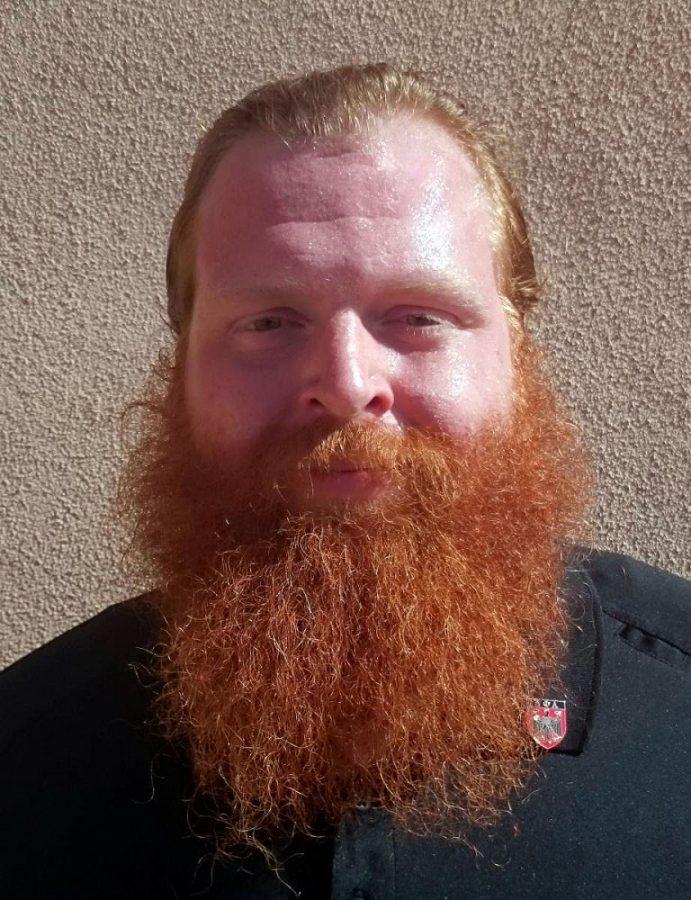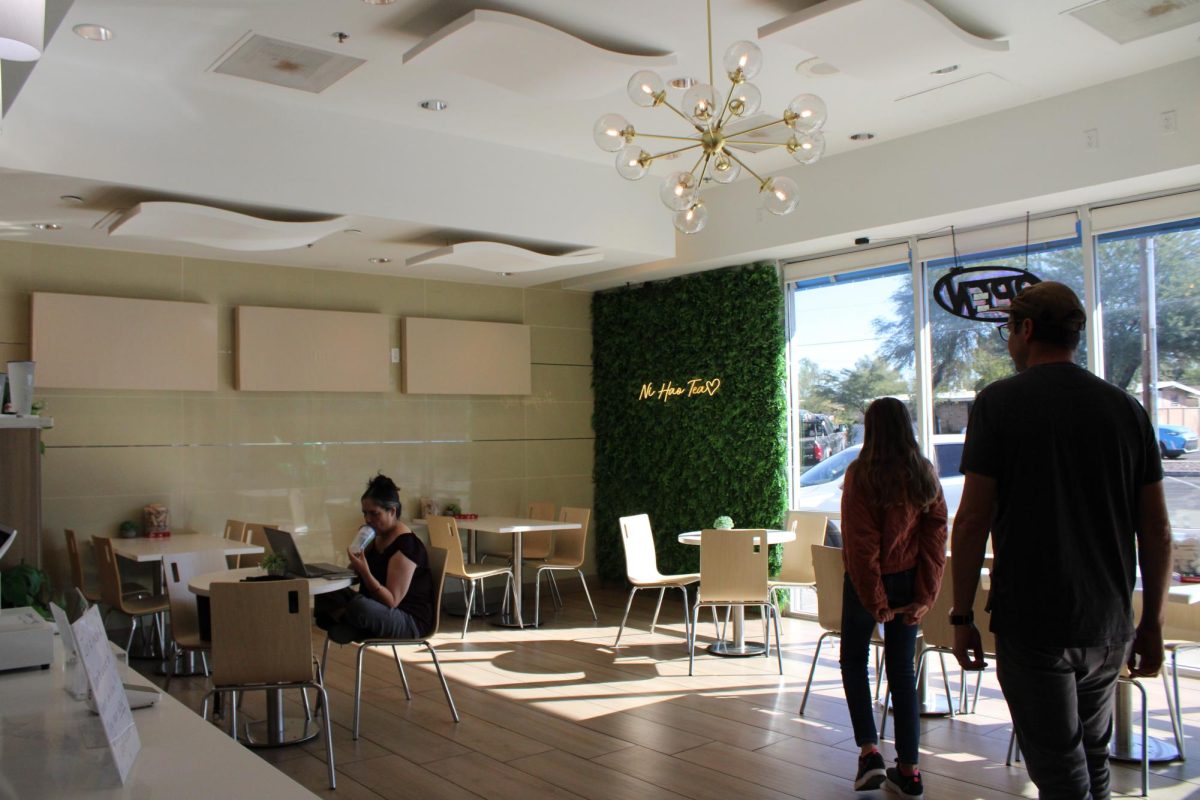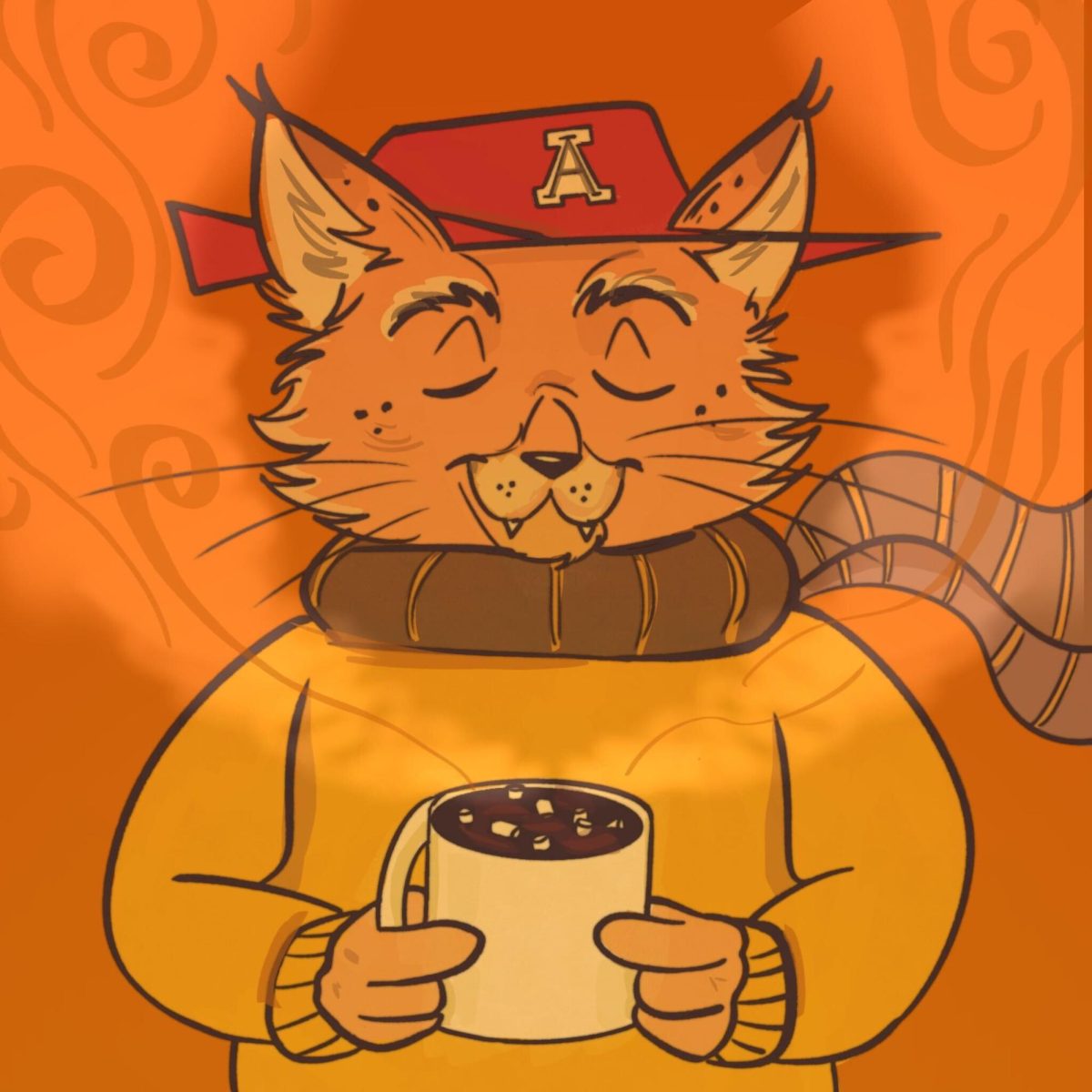The UA sits on the ancestral land of the Tohono O’odham. This is a fact that can be found in Southwest history textbooks and in the oral histories of the Tohono O’odham nation. Yet, when it comes to the support, encouragement and, most importantly, retention and graduation rates of O’odham students, it’s as if we don’t exist at all.
According to the UA Institutional Research website, Native Americans have the lowest graduation rates of any ethnic group at the UA. In 2010, the four-year graduation rate for Native Americans was barely above 20 percent, whereas the overall graduation rate was above 40 percent. We, as O’odham people, expect more from an institution that not only sits on our ancestral land, but is a mere 20 minutes away from one of our Districts—San Xavier district is right off Interstate 19 — and one hour away from our tribal headquarters in Sells.
Though the university does not keep data on attrition rates by tribe, O’odham students have heard enough stories of tribal members leaving before graduating, whether due to financial reasons, lack of support or an unwelcoming environment, or an indifferent university that simply offers lip service about its commitment to diversity and inclusion. We are extremely concerned about the state of O’odham students at our school and why more is not being done to help us.
There is a huge difference between talk versus action and if graduation rates are any indication, the UA is doing a lot more talk than action. The student protests that roiled college campuses across the nation last year, which caused top officials Timothy M. Wolfe and R. Bowen Lofting at the University of Missouri to resign, well-known Yale professor Erika Christakis to take a leave and the president of Ithaca College, Thomas R. Rochon, to step down effective next year, are a testament to the fact that universities are still fundamentally lacking in being welcoming and supportive for people of color.
It seems the UA is made predominantly for white students and the institution’s efforts to promote diversity have not changed this fact. It seems like they care more about avoiding the bad press that schools like Yale, University of Missouri and countless others have faced than making any real change.
Nevertheless, O’odham students and alumni have worked tirelessly on behalf of the university and will continue to do so, even though we are barely represented in the curriculum, university monuments or institutional culture. The Tohono O’odham Student Association, founded in 2008, has done outreach to two high schools on the reservation, Baboquivari High School and Tohono O’odham High School, as well as campus tours, information booths and hosted events promoting O’odham culture on campus. This barely scratches the surface of what could be done for the O’odham on campus,
We continue to fight ceaselessly, hoping that someday the university will make a fundamental, structural change to be more inclusive of O’odham people.
For example, they must include the fact that the university sits on O’odham land on all UA promotional materials, offer a variety of classes on O’odham language, history and culture — instead of the one class on O’odham language they have now — have more than just one O’odham professor on campus, and honor the first Native American to graduate from the UA, Tohono O’odham Christine Garcia, with an arch in the Women’s Plaza of Honor.
Until that day happens, we O’odham students and alumni will have to do it ourselves. Though it most definitely is not our responsibility — it is the university’s — we will do it anyway because future O’odham Wildcats depend on it and we can’t let them down.
Gabriela Maya Bernadett is a member of the Tohono O’odham Nation (Gu Achi District) and University of Arizona alumni. She graduated from the UA in 2015 with a master’s degree in American Indian Studies.











